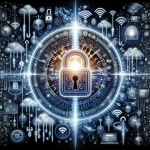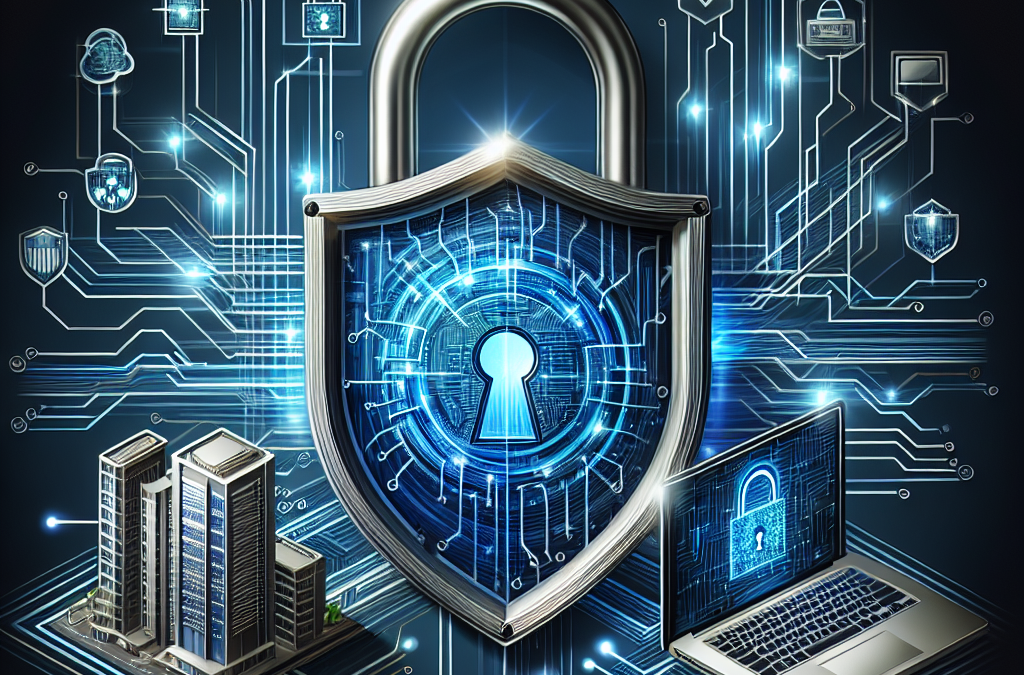
From Passwords to Phishing: Mastering Cyber Hygiene in the Digital Age
May 28, 2025
Guard Your Data: Key Cybersecurity Best Practices for Individuals and Companies
May 28, 2025
In today’s digital age, cybersecurity has emerged as a vital concern for both individuals and businesses. With an increasing amount of personal and organizational data being stored online, safeguarding this information from cyber threats has become paramount. In this article, we will explore key cybersecurity best practices that everyone—be it an individual, small business, or large corporation—should implement to effectively guard their data.
Understanding the Cyber Threat Landscape
Before delving into best practices, it is crucial to understand the diverse landscape of cybersecurity threats. Cybercriminals utilize sophisticated techniques to exploit vulnerabilities, including:
- Phishing Attacks: Deceptive emails that trick recipients into revealing sensitive information.
- Ransomware: Malicious software that locks access to data until a ransom is paid.
- Malware: Software designed to gain unauthorized access to computers and networks.
- Data Breaches: Incidents where unauthorized access to sensitive information occurs.
Understanding these threats underscores the importance of proactive measures in cybersecurity.
Best Practices for Individuals
1. Use Strong Passwords and Enable Two-Factor Authentication
A strong password is a vital defense against unauthorized access. Individuals should create complex passwords that combine letters, numbers, and special characters. Additionally, enabling two-factor authentication (2FA) adds an extra layer of security by requiring a second verification step, making it more challenging for attackers to gain access.
2. Stay Informed About Phishing Scams
Always be skeptical of unsolicited emails, particularly those requesting sensitive information or containing links. Familiarize yourself with the characteristics of phishing attempts, such as misspellings, generic greetings, and urgent calls to action.
3. Keep Software Updated
Operating systems, applications, and antivirus software must be regularly updated to patch vulnerabilities. Cybercriminals often exploit outdated software, so enabling automatic updates whenever possible is a prudent strategy.
4. Secure Your Wi-Fi Network
Change the default name and password of your home Wi-Fi network. Utilize WPA3 encryption for enhanced security, and consider hiding the network SSID to minimize detection by unwanted parties.
5. Regularly Back Up Data
Frequent backups can mitigate the impact of a data loss incident. Individuals should use both local and cloud-based backup solutions, ensuring that critical files are recoverable in the event of a ransomware attack or hardware failure.
Best Practices for Companies
1. Develop a Comprehensive Cybersecurity Policy
Organizations must establish a cybersecurity policy that outlines acceptable use, data protection, incident response, and employee training. This policy should be communicated regularly to ensure compliance and understanding.
2. Invest in Employee Training
Human error is often the weakest link in cybersecurity. Regular training sessions can educate employees about recognizing threats, safe online behaviors, and the protocols for reporting suspicious activity.
3. Implement Role-Based Access Control
Limit data access to only those who need it to perform their job duties. Role-based access control (RBAC) helps minimize exposure to sensitive information, reducing the potential impact of a data breach.
4. Monitor and Respond to Threats
Utilizing cybersecurity solutions that provide monitoring and threat detection can enhance an organization’s ability to respond to incidents swiftly. Establishing an incident response plan ensures that the organization can act quickly and decisively in the event of a breach.
5. Conduct Regular Security Audits
Periodic security audits can identify vulnerabilities within an organization’s systems. Regular review and testing of defenses aid in ensuring that security measures remain effective against emerging threats.
Conclusion
Guarding data in an increasingly digital world is a collective responsibility that necessitates a proactive approach. Both individuals and companies can significantly bolster their cybersecurity posture by implementing these best practices. Staying informed about potential threats, investing in education and tools, and establishing robust security protocols are essential steps toward a secure digital environment. Prioritizing cybersecurity not only protects essential information but also fosters trust and confidence among users and customers alike.







